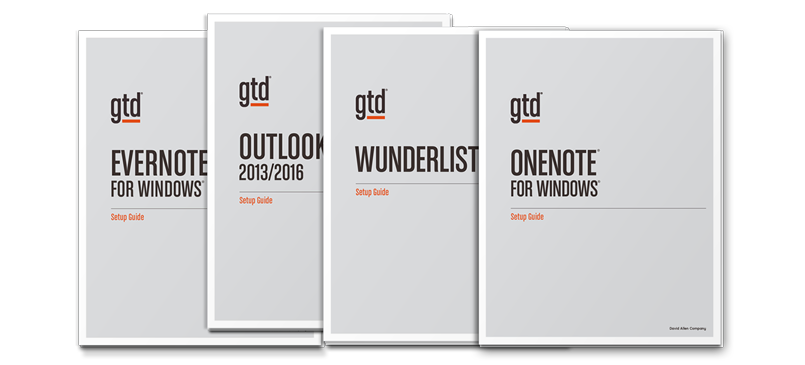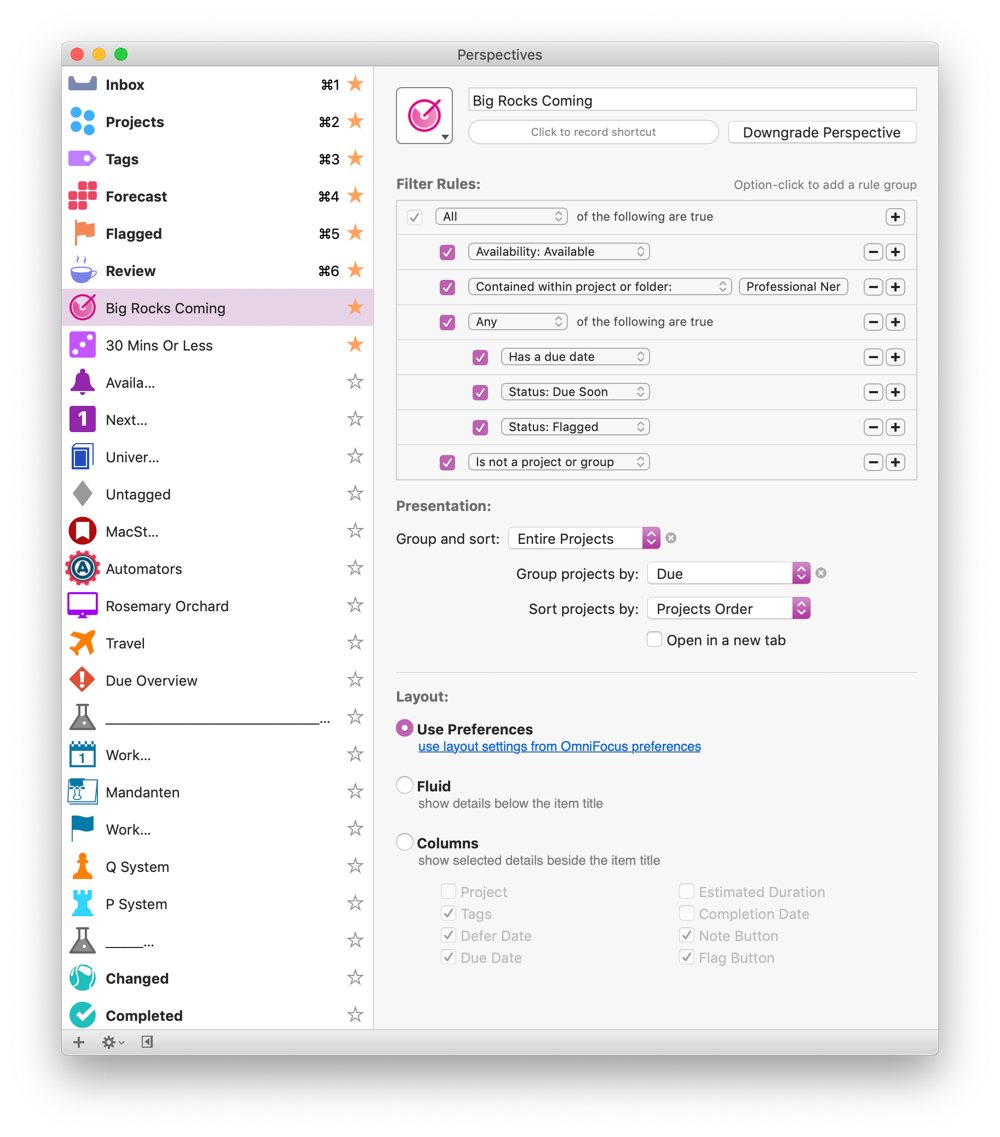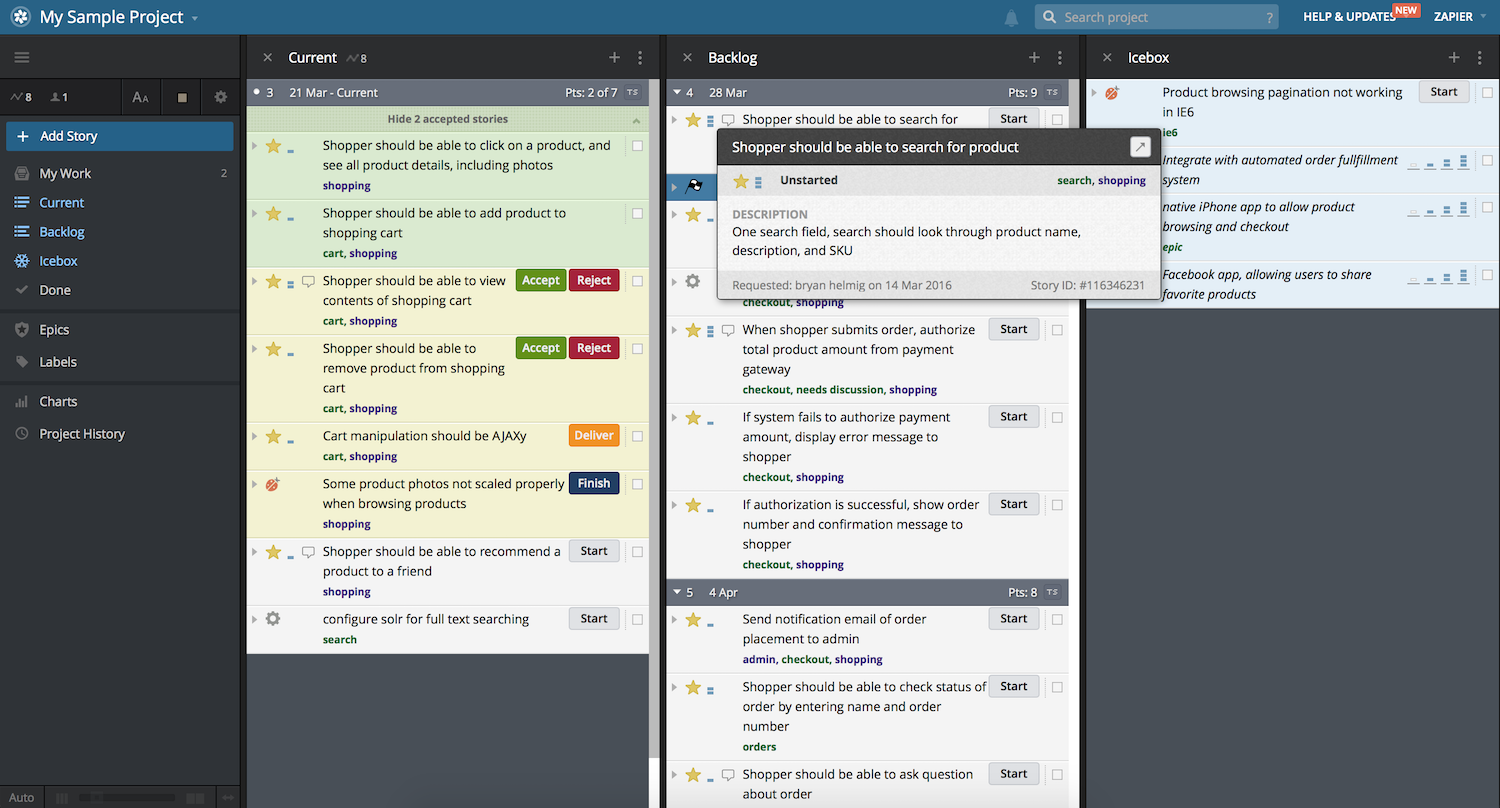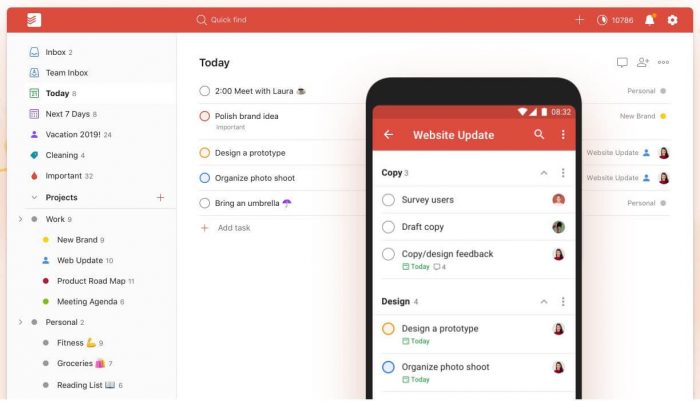

So, instead of playing with the kids, you’re stuck inside sending emails out to schedule next week’s meetings. This constant focus on work and fear of deadlines means that work is always on the mind. Having work piled up and stressing about it is the clear main problem in the American workforce. Out of the 3 main causes of declining productivity shown in the survey, 61% found that work overload was their main hurdle. These statistics have been increasing, drawing from a study done the previous year in particular. This survey also highlighted that 52% of that 68% felt that the amount of work they needed to get done couldn’t get finished in a day. The study found that 68% of people suffer from work overload in the US and feel that this impacts their productivity. In 2014, Cornerstone OnDemand collaborated with Kelton to produce a study on the effects of increased workload on productivity. This way, you know what you should be working on and don’t have to waste more time worrying about the deadlines of other items. The final step is to empty your mind of everything that has been bothering you about your schedule. Looking over and tracking down what will be useful from your someday/maybe list is an important step in the process. Tracking also helps you make more creative decisions. Make a list of what you need from others and what your next actionable steps are when you obtain what you need. See what you can do in order to ease communications to get these things done. Which ones have you completed? What steps do you need to take to complete others? Do you need to add any new projects to the list? Make sure that, in this process, that all your projects have a next action prepared so they actually get done. This will let you know how much time you have to complete projects and what actionable steps you need to take to ensure you meet the deadline. Then, review your future calendar and check for deadlines. This can inform you about things you may have missed and some references or ideas that may further inspire you. Review your calendar from the previous week or, if it’s not overwhelming, from the quarter. Online app can help by letting you move your items from a plan category to a progress (done) category. Make sure to mark them off as they are completed. These are what you need to accomplish immediately and are tasks you are already familiar with.

You should have a system of what to review in what order so you can use your time efficiently.įIRST, review your next actions. (It’s in the name after all!) The other steps are to enforce the usefulness of this one. Idea 2: Reviewīy far, this is the biggest category and the bulk of what you’ll be doing in weekly review. From there, you can determine what you need to get done for the week and record it. Only do this once your materials have been sorted. The third step is to process any thoughts you have. Determine whether or not certain materials are worth saving or not. Once everything is collected, start processing it by either responding to it, completing it, or trashing it. These include physical documents as well as messages and emails. In David Allen’s steps, processing includes gathering all the materials you have. These steps can be reduced to 4 main ideas. The Weekly Review and GTD Systemĭavid Allen breaks up his GTD weekly review system into 11 steps. Likewise, weekly review is a great feedback system for others and opens the door for collaboration.
#Best gtd software update#
When you complete items or update externally, you gain insight into what your work means and what steps you can take to take it to the next level. Taking the steps to properly review everything on your plate serves as the key step to weekly review.

This will improve overall communication and align team and company goals. In the workplace, weekly review lets your team know what you’re doing. This way, you can use your time to actually work on one thing at a time instead of stressing out.

This lets you spend a little time knowing what you need to prioritize and what needs to be trashed. Weekly review comes in as a process to change the plans in your head to external ones.
#Best gtd software archive#
In his book, Getting Things Done, David Allen frequently reminds you that your mind isn’t a good archive for your work.


 0 kommentar(er)
0 kommentar(er)
